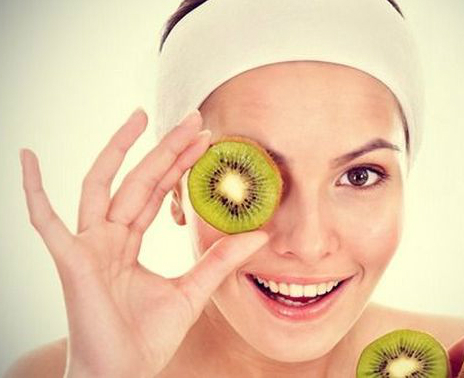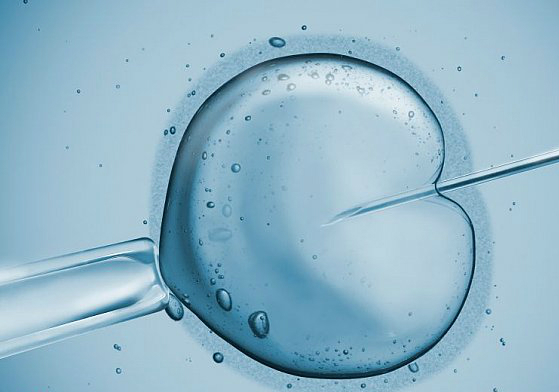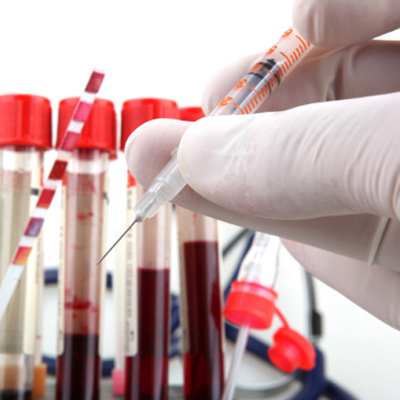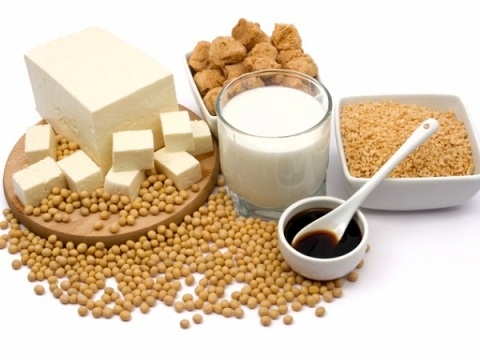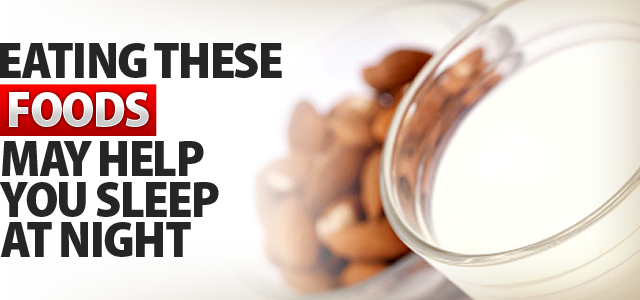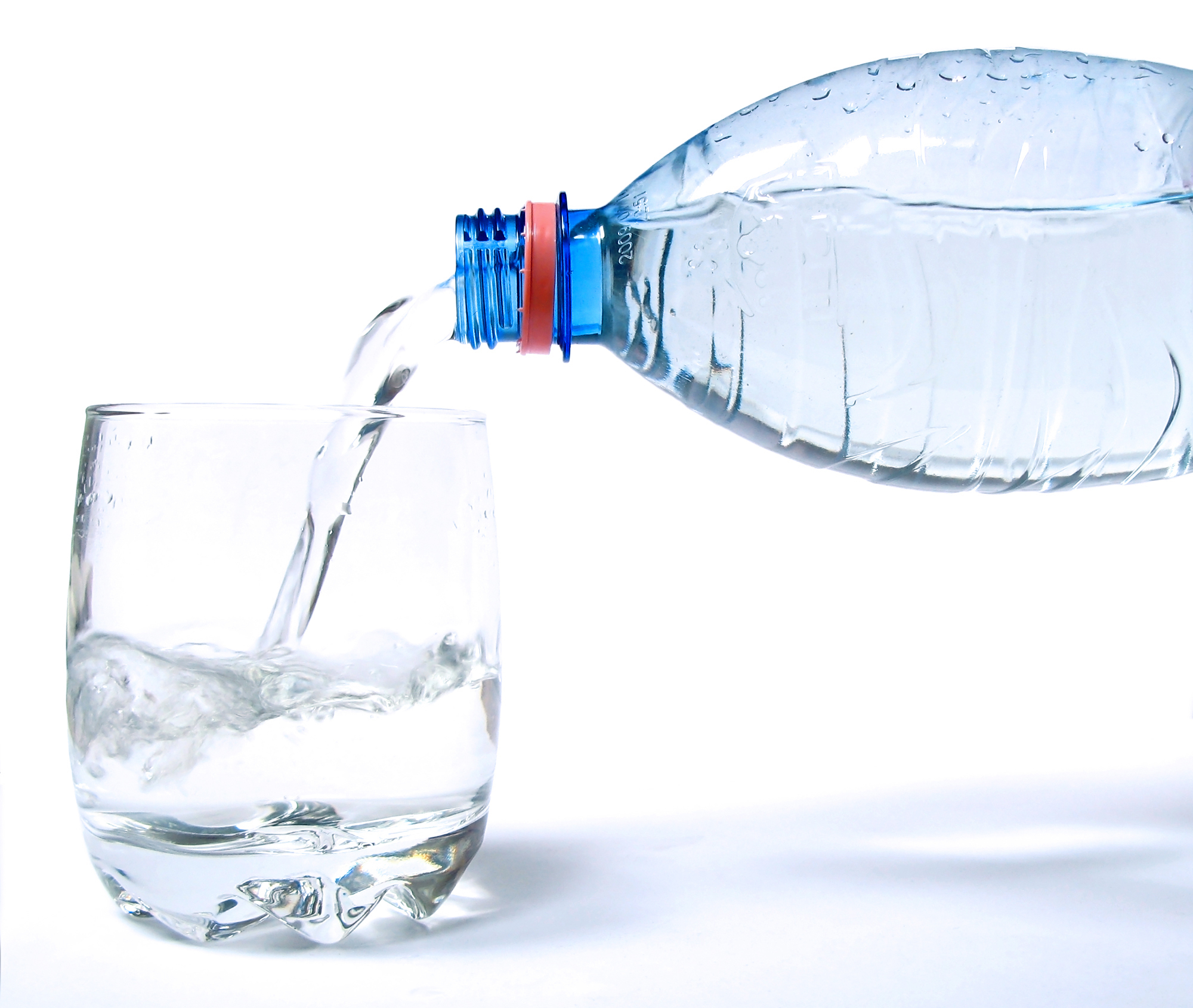We all love the good things that monsoon brings, be it the cloudy weather, the cool breeze gently caressing you, the rain drops or the hot tea. But, don’t just get lost in all this and also devote your attention towards the downside of this humid weather.
Though rain showers keep the scorching heat at bay, but due to constant dampness and humidity they can also lead to various fungal and bacterial infections. During the monsoon season, the air is full of infections so additional care is needed to keep our skin healthy and revitalised.
Here are a few common skin problems that occur during the monsoon season and their treatment.
-Nail infection: Try not to keep your nails long during the monsoon season as long nails attract muck and bacteria thereby leading to fungal infection in the feet.
Tip: If one notices red or itchy skin near the nails, it is a sign of nail infection. One can go for either oral medication as prescribed by the doctor or use anti-fungal cream or powder.
-Prickly heat: It is very common in this season. Prickly heat rash is a red pimply eruption. It is caused by sweating that leads to skin pores to clog and as a result, prickly heat rash pops up.
Tip: The best way to deal with it is to use anti-bacterial soaps and talcum powders to keep your skin dry. Also, try wearing cotton clothes as they absorb sweat and try not to expose your skin in the harsh sun rays without at least using a good sunscreen with a high SPF factor.
-Athlete’s foot: The common symptoms of Athlete’s foot are itchy patches on the feet that are well defined, scaly, and itchy.
Tip: To avoid it one should not wear plastic shoes, leather or canvas ones and instead wear slippers and flip-flops as they let your feet breathe. Or if you are wearing shoes, then apply anti-fungal powder to avoid bacterial infection.
-Eczema: Eczema is a chronic skin condition in which red patches start appearing on the skin with blisters which cause itching and bleeding.
Tip: The best way to deal with it is by using anti-bacterial soaps, talcum powders and face washes to keep your skin dry and also to wear clothes that do not irritate your skin in this weather.
-Ringworm infection: Ringworm infection starts as a small portion and spreads in a ring form. It commonly occurs in the sole of the feet, armpits and behind the ears.
Tip: To avoid it one must use anti-fungal powder and wear full-sleeved clothes to protect body parts from insect bites or stings. Also, never wear wet clothes as they immediately lead to fungal infection.
So, follow these tips and enjoy the blissful rainy season.
Source: Zee news


